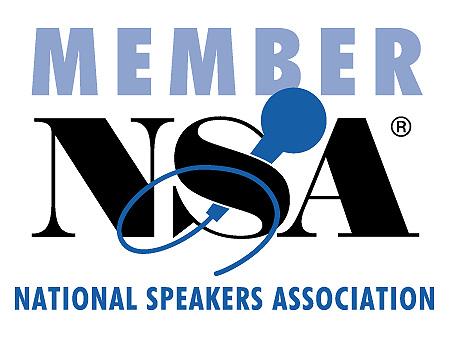 Send to Kindle
Send to KindleWe previously discussed the first level of human need on Abraham Maslow’s hierarchy. Next we’ll look at the second level of Maslow’s hierarchy which is the safety need. Maslow focused on the need to be free from fear and was generally referring to a larger social context. However, leaders should consider how this level of need applies to the workplace. When workers feel unsafe, their attention becomes completely focused on their own safety and they experience fear. That feeling of fear will keep them from considering much else. Of course it’s impossible to be 100% safe all the time, but workers need to believe their safety is a significant concern of their leaders. Workplace safety has become such a concern that there are federal and state agencies that focus exclusively on the issue. Leaders must always keep the safety of their workers foremost in their mind. The resultant benefits go beyond just preventing injury. A worker who doesn’t feel safe at work, and is experiencing the resultant fear, will not be as productive as they otherwise would be. They certainly won’t be as likely to experience motivation to move to higher levels of need.
Though I doubt Maslow was considering this when he developed the hierarchy, there is now an additional consideration in regard to safety: psychological safety. In times past, leaders had little concern, and workers little recourse for what is now considered to be various forms of psychological threats. This is a legitimate concern as a worker who doesn’t feel safe from harassment based on race, gender, etc. will have the same motivational problems as one who feels physically unsafe. Leaders must strive for a workplace free of this sort of threat. Of course the overall workforce seems to be growing a continually thinning skin making this a very difficult issue to manage. So, is it possible? Probably not always. There will always be a few people around who are just waiting for the next insult, or who have only to fill in the date on their pre-filled harassment forms. But, the vast majority of workers will recognize a leader’s sincere effort to keep the workplace free of such problems and that leader’s swift and fair handling of any incidents that do happen. To effectively meet this basic need leaders will ensure each person is treated fairly, insist managers treat employees with respect, and not allow any discriminatory practices of any kind. Easy to say, not always as easy to do, but critical to meeting employee’s safety needs.
Do your employees feel a sense of physical and psychological safety?
In the next post, we’ll begin to examine the higher levels of human need with a look at the belonging need.
Please leave a comment and let me know what you think.



